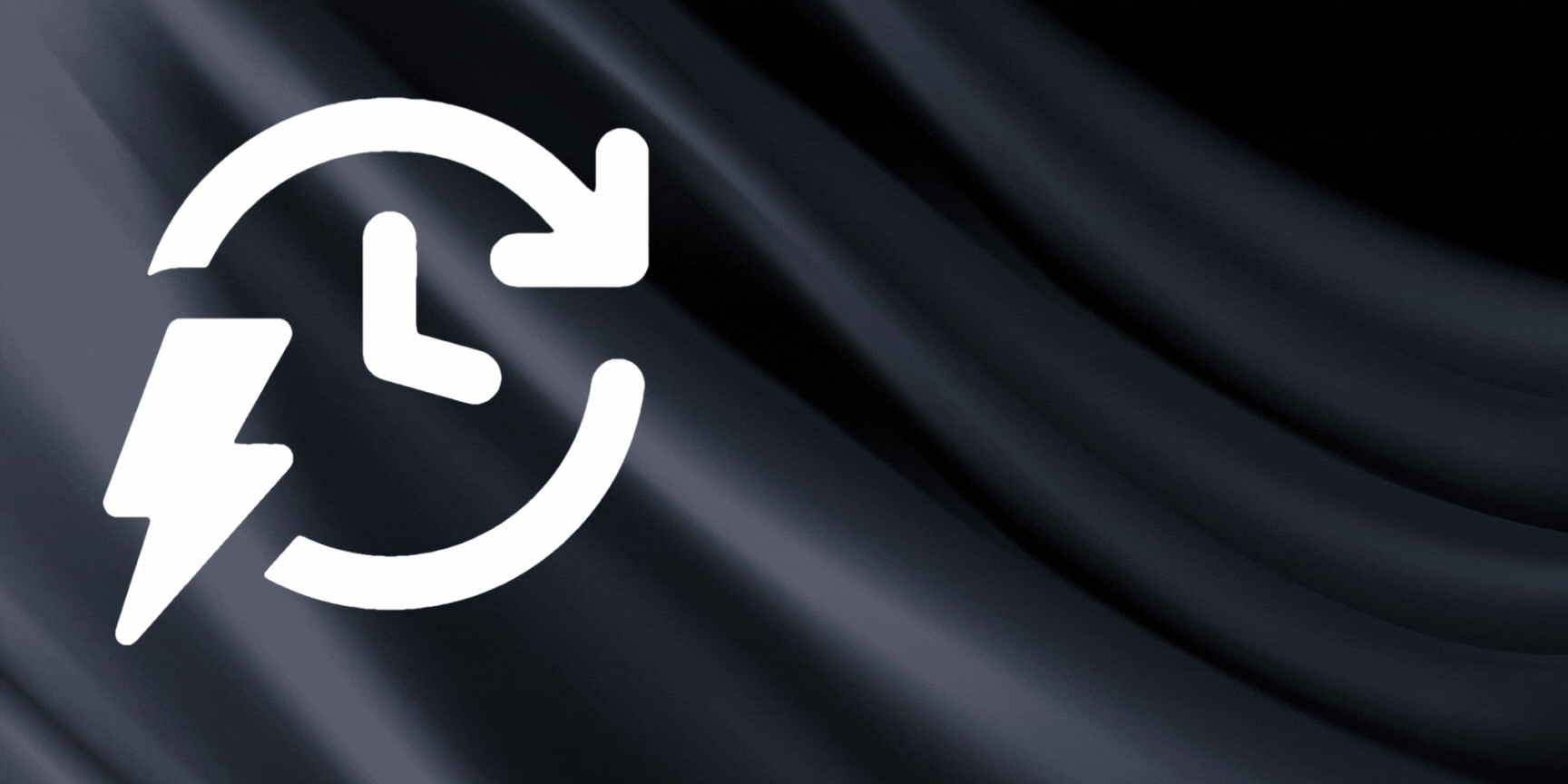Storms can cause significant damage to your San Jose home, leaving you feeling overwhelmed and uncertain of what steps to take next. It’s crucial to have a strategy in place to navigate the restoration process efficiently and get your life back on track. In this comprehensive guide, we’ll outline the 7 essential steps to take after your San Jose home is damaged by a storm. By following these steps, you can prioritize safety, document the damage, communicate with your insurance agent and mortgage servicer, seek federal assistance, prevent further damage, and ensure fair reimbursement for repairs.
1. Prioritize Safety Above All Else
The aftermath of a storm can present serious dangers and potential injuries. Your first priority should be ensuring the safety of yourself and your loved ones. Avoid taking unnecessary risks by inspecting your property and documenting the damage immediately. Wait until it is safe to do so. Be mindful of hazards such as downed power lines, jagged windows, flooding or standing water, collapsed walls, and gas line issues. If necessary, consider evacuating or finding temporary shelter, especially if your home’s stability is compromised.
2. Assess and Document the Damage
Once it is safe to move around your home, thoroughly inspect the entire area to assess the damage. Documenting the damage is crucial for your insurance claim, especially if your policy only covers certain types of damage. Use a camera or smartphone to capture photos and videos of both the interior and exterior damage. Exercise caution during the inspection, as there may be structural damage. Take note of any holes or leaks in the roof, broken windows and doors, basement flooding, moisture damage, fire damage, exposed power lines, damaged appliances and furniture, and loss of personal items.
3. Contact Your Insurance Agent/Company
After documenting the damage, contact your insurance agent or company as soon as possible to report the situation. Provide them with the photos and documentation you gathered. They will guide you through the claims process, providing you with a claim number and a list of emergency service providers if necessary. An adjuster will be sent to evaluate the damage and determine the coverage for repairs. Make sure you are present during the adjuster’s visit to discuss all the issues and ensure an accurate claim estimate. Keep in mind that flood damage is often not covered by homeowner’s insurance, so contact your flood insurance company if needed.
4. Get in Touch with Your Mortgage Servicer
In addition to contacting your insurance company, reach out to your mortgage servicer – the company to which you make your monthly mortgage payments. Inform them about the damage and discuss available mortgage relief options. Difficulty in making payments due to the disaster should be communicated to your mortgage servicer to prevent late fees and potential credit score impact. Inquire about mortgage forbearance, which allows for partial payments or a temporary halt in payments for an agreed-upon period. This relief measure can provide financial stability during the recovery process.
5. Look for Federal Disaster Assistance
The Federal Emergency Management Agency (FEMA) offers various forms of assistance to homeowners affected by storm damage. You can seek temporary housing, assistance with repairs, meal support, and help with filing insurance claims. If your area has been declared a storm disaster area, you may qualify for low-cost loans to restore your property. Even if you have insurance coverage, you may still be eligible for additional federal disaster assistance. Be prepared to submit the necessary documents to access these resources.
6. Prevent Further Damage
Once the storm has passed and it is safe to do so, begin cleaning up debris and making emergency repairs to prevent further damage. Remove debris from your yard, deck, patio, and roof. Cover any holes or broken windows to prevent water and wind from causing additional harm. Ensure that your downspouts are functioning properly to direct water away from your foundation. If there is standing water or clogs, address the issue promptly to prevent mold growth. Contact a local restoration service provider recommended by your insurance agent to assist with the restoration process.





